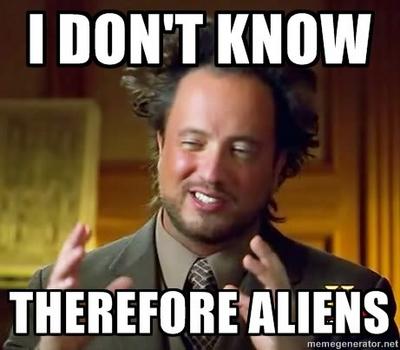Yea its really confusing, but also a very well supported theory. You can actually measure the time dilation experienced by astronauts orbiting around the earth. The principle is based on the fact that as you move faster you become longer in the direction parallel to your velocity. I wish I remembered more from my physics class but if you wiki 'time dilation' or 'twin paradox' you can probably gain some understanding.
While this concept makes space travel seem much more feasible, there is a huge obstacle stopping it from being happening: As you move faster you also become exponentially more massful.
So say we had a system that could propelled us forward at 1g a second until we reached the speed of light. Up until we reached .1c (c stands for speed of light) we would being using a fairly consistent amount of energy for each g gained. However as we got closer and closer to the speed of light our mass would start to get bigger and bigger. Thus we would have to keep putting more and more energy in for each g gained. The slope of this curve at the speed of light is undefined, thus even with an infinite amount of energy we would never be able to achieve the speed of light.

here's a time dilation calculator as well.
http://hyperphysics.phy-astr.gsu.edu/hbase/relativ/tdil.html
haha, thank you adderal. Now excuse me, I must get back to my studies.




































